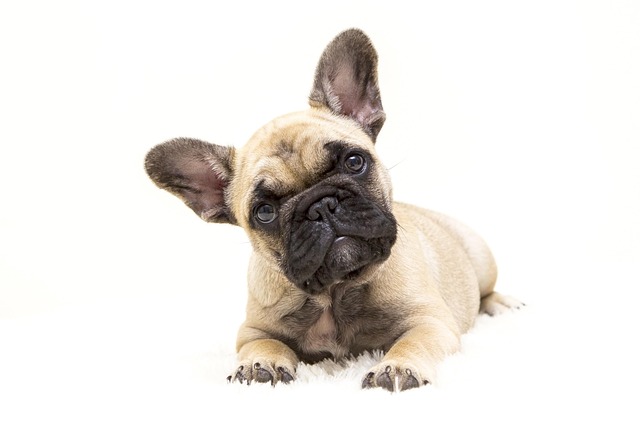
How do i train my dog to be obedient?
Watching your dog dart across the park ignoring your calls isn’t just frustrating—it can put them at risk near busy streets or public spaces.
Many new dog owners quickly learn that potty training success varies wildly by breed, and some pups pose unique challenges. Breeds like the Chihuahua, for example, often struggle because their tiny bladders can’t hold waste as long, leading to more frequent accidents—especially if owners don’t stick to strict schedules. This isn’t just a nuisance; in cities like New York or London, failing to clean up after your dog can result in fines up to $300, so consistent training ties directly to legal compliance.
Another tough breed is the Siberian Husky, whose independent streak makes them less likely to follow commands than more eager-to-please dogs like Labradors. Huskies also have high energy levels, and if they don’t get enough exercise, they may act out by having accidents indoors. It’s key here to pair potty training with daily walks or playtime—this aligns with European guidelines that require dogs to get adequate physical activity, too.

Smaller breeds like the Shih Tzu can also be tricky, partly because their size makes it easier for owners to overlook early signs they need to go. Behavioral experts note that these dogs often learn faster with positive reinforcement, like treats or praise, but consistency is non-negotiable. In places like California, some rental properties have strict rules about indoor pet messes, so mastering potty training early can even affect where you live.
The Basset Hound’s strong sense of smell is another hurdle—they might get distracted mid-training by a scent outside, forgetting their goal entirely. Owners need patience here, and it helps to choose a consistent potty spot to minimize distractions. Remember, most U.S. states and EU countries require dogs to be leashed in public areas during training, so keeping them on a short lead while they learn is both safe and legal.
No matter the breed, the hardest part of potty training often comes from inconsistent routines or ignoring a dog’s natural cues—not the dog itself. By pairing clear rules with compliance to local laws (like carrying waste bags and adhering to leash laws), owners can set their pups up for success. With time and the right approach, even the “hardest” breeds can master potty training, making life happier for both dogs and their humans.

Watching your dog dart across the park ignoring your calls isn’t just frustrating—it can put them at risk near busy streets or public spaces.

New puppy owners often find themselves rushing to clean up accidents before they set in, and that’s where puppy pad training becomes a game-changer.

If you've noticed your dog's waistline disappearing and your veterinarian has mentioned those few extra pounds, your first instinct might be to simply reduce the amount of food in their bowl.

Training a dog to use a designated spot indoors isn’t as daunting as many new owners fear, but it does take consistency and an understanding of your pet’s needs.

That moment of dread on a walk is all too familiar for many new dog owners. You see another dog approaching down the sidewalk of your neighborhood

If the sight of another dog on your neighborhood walk makes your heart sink as your own dog erupts into a frenzy of barking and lunging, you're not alone.